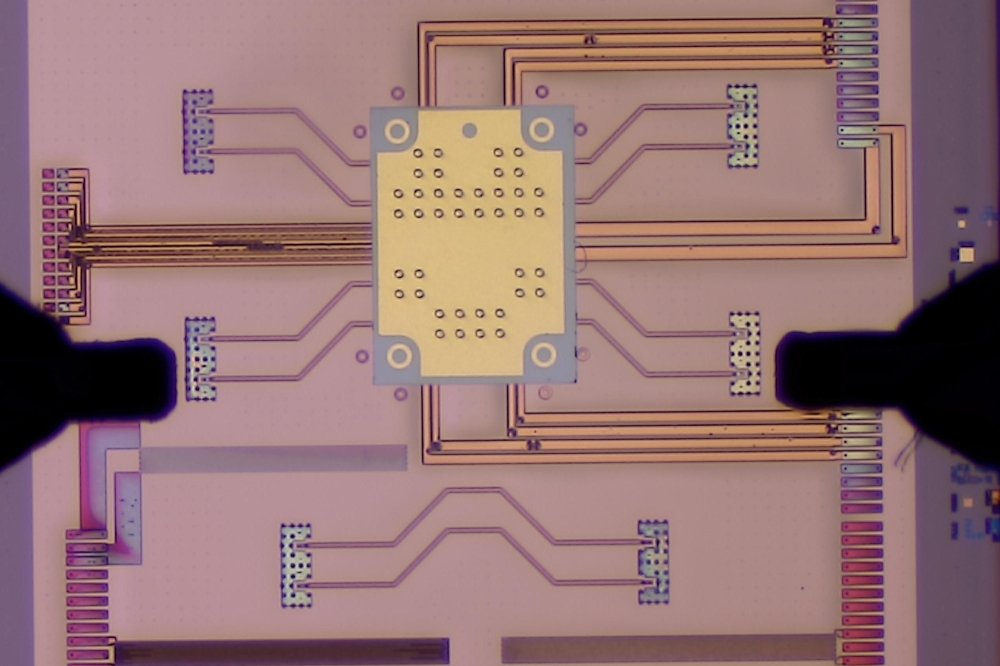Component manufacturers must reassess their priorities
Excess inventory is one of the main reasons for the slowdown. Over the past four years, new-entrant long-haul carriers in North America built out networks at an unprecedented rate, often leaving systems suppliers surprised by the size and timing of equipment orders. What s more, the order patterns tended to be "lumpy", with only limited visibility into carriers ongoing deployment plans.
When existing forecasting and materials management systems proved inadequate, some vendors turned to "evangelical forecasting". In this scenario, the CEO sets a growth objective based on "market intuition" or "gut feel", and then becomes an evangelist of growth, mobilizing the organization to meet its goals. In one case, in late 1999, a major systems vendor simply stopped providing forecasts to its optical components suppliers. Instead, the CEO in question told suppliers to quadruple their capacity in 12 months, and to simultaneously build higher levels of inventory. If they didn t, they d be replaced - as simple as that.
On the supply side of the equation, the "hypergrowth" market environment of 1997-2000 forced business managers in optical transport and optical components companies to make maintaining, or even building, market share their top priority. In turn, the focus shifted towards shipping "on-demand" - though having adequate products to ship was particularly challenging in optical systems and components, owing to acute shortages in many key product areas.
At the same time, the carriers desire to deploy the most advanced optical transport technologies meant that systems houses pulled novel components out of the lab ahead of schedule, with less and less emphasis on the traditional product development cycle. "Time to market" soon became a common thread in suppliers mission statements, strategic visions and critical success factors. Consequently, many cutting-edge components - 100 GHz thin-film filters, high-power pump lasers and 10 Gbit/s sources, for example - went into production with poorly developed, low-yield manufacturing processes. Inevitably, suppliers found it difficult to keep up with demand.
The resultant supply shortages led to a pattern of predictable behavior across the industry. Systems and subsystems manufacturers began double-ordering, or ordering more than their order book indicated. In parallel, component suppliers demanded large order quantities and volume purchase agreements, sometimes tying customers to volumes in excess of their known demand. On both sides of the supplier-customer relationship, the response to hypergrowth led to a build up of inventory well above what is considered healthy in a "normal" market. Blame it on the financial markets The other major reason for the optical communications slowdown is the fact that North American long-haul carriers have slashed their capital and operational expenditures. It was these same carriers, of course, who helped to create the conditions for hypergrowth in the first place. Funded by $200 billion in bonds and an IPO-eager stock market, start-up carriers like Global Crossing, Broadwing, Williams and 360networks raced each other to deploy state-of-the-art nationwide networks.
The business case for this fiber-laying frenzy was simple enough: so-called "next-generation" networks would allow newer carriers to achieve significantly lower operating costs (frequently expressed as "lowest cost per bit"), opening the way to lower prices and, in turn, stimulating further bandwidth demand. Advocates of this business model argued that incumbent carriers - many of them locked into older, less-efficient and higher-cost network technologies - would quickly lose market share as the newer networks came on line.
But the argument was flawed. It became apparent in late 2000 that there were simply too many new carriers competing for a slice of the same bandwidth pie. And the "lower cost per bit" calculations supporting the new carriers business models assumed fully loaded equipment (i.e. that a 40-channel DWDM system would have 40 lit channels, all carrying traffic).
With hindsight, it is now all too apparent that some carriers failed to achieve the required utilization of installed channels, and costs therefore outpaced revenues. In fact, some of the more speculative carriers installed entire networks in advance of committed customers.
Aggregate network traffic growth, though fuelled by Internet traffic growth of 100% per year, was simply outpaced by the total growth in industry capacity. Combined with heavy payments on bonds issued to pay for the new networks, this created cashflow problems for some of the newer carriers, sending 360networks into bankruptcy and causing several others to make drastic cuts in their network budgets.
Concerns about the liquidity of these and other companies spread to the entire carrier segment, and soon everyone was playing the game of seeing who could make the biggest cuts to their capital expenditure. The result was a dramatic reduction in carrier spending on transport equipment, a process that intensified during the first six months of this year. From hypergrowth to zero growth In most product areas, progress has been made in working down the excess inventory. RHK s spring 2001 forecast estimated that there was some $1.8 billion in excess optical components inventory across the industry. Beginning in the second quarter of 2001, and continuing into the third, more than $2.9 billion in optical components and optical transport equipment has been written off. However, RHK s latest channel checks suggest that significant inventory remains in some product areas, and excess inventory will likely roll-over into 2002, depressing sales of new products next year as well.
To make matters worse, carrier spending on optical transport will exhibit negative growth in 2002. In North America, the newer long-haul carriers have ditched their "build it and they will come" deployment strategies. And while estimates for overall carrier capital expenditure for next year vary from flat to negative, RHK believes a further decrease after 2001 is likely.
The available data suggests that appreciable growth will not return to the components market until 2003. Systems sales will start to pick up some time in the latter half of 2002, and optical components sales will follow. It is likely, though, that component price declines coupled with flat-to-declining volumes will result in negative growth in revenues in 2002. Stronger volume growth, combined with more stable pricing, should result in double-digit growth in the optical components market starting in 2003 (figure 1).































